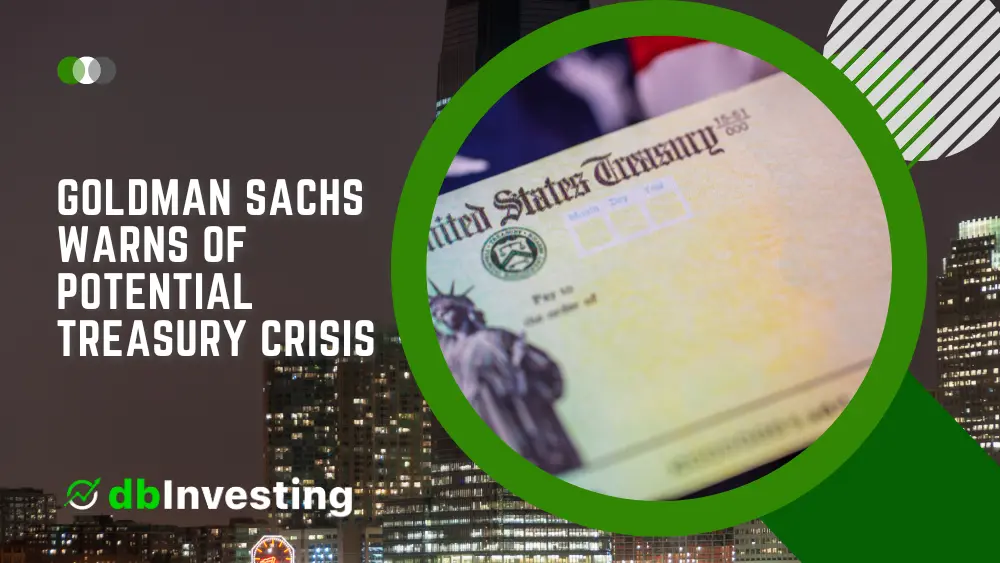Goldman Sachs economists have made an estimation regarding the Treasury Department’s cash levels, predicting that by June 8 or 9, it will fall below the indicated minimum of $30 billion required to meet federal obligations. In a note to clients on May 19, economists Alec Phillips and Tim Krupa from Goldman Sachs highlighted the uncertainty surrounding their estimate, stating that there is a possibility of cash shortages as early as June 1 or 2 if receipts slow down more than expected.
The Treasury has been gradually depleting its cash balance to fulfill federal payments due to its inability to increase borrowing from the public, limited by the $31.4 trillion debt ceiling. Treasury Secretary Janet Yellen emphasized on Sunday that the Treasury could exhaust its special measures to remain within the limit as soon as June 1 during an interview on NBC.
As of Thursday, the Treasury’s cash balance was slightly above $57 billion, with approximately $92 billion in special measures available as of the previous day.
The duo from Goldman Sachs expressed confidence that Congress would prevent a deadline lapse without taking action, but acknowledged the various possible outcomes. As of Friday, they assigned a 30% probability for a deal to be reached between the two sides in Washington this week, along with a 30% chance of an agreement shortly before the deadline.
Following the publication of the note, President Joe Biden and Speaker Kevin McCarthy scheduled a meeting on Monday, and negotiations between their respective staff were expected to resume on Sunday evening.
Although financial markets have displayed limited concern regarding the Treasury’s impending cash shortage, Phillips and Krupa anticipate a potential increase in volatility. They believe that while a deal is expected before the deadline, there may be additional twists along the way, prompting markets to factor in higher risk before the debt ceiling is ultimately raised.




